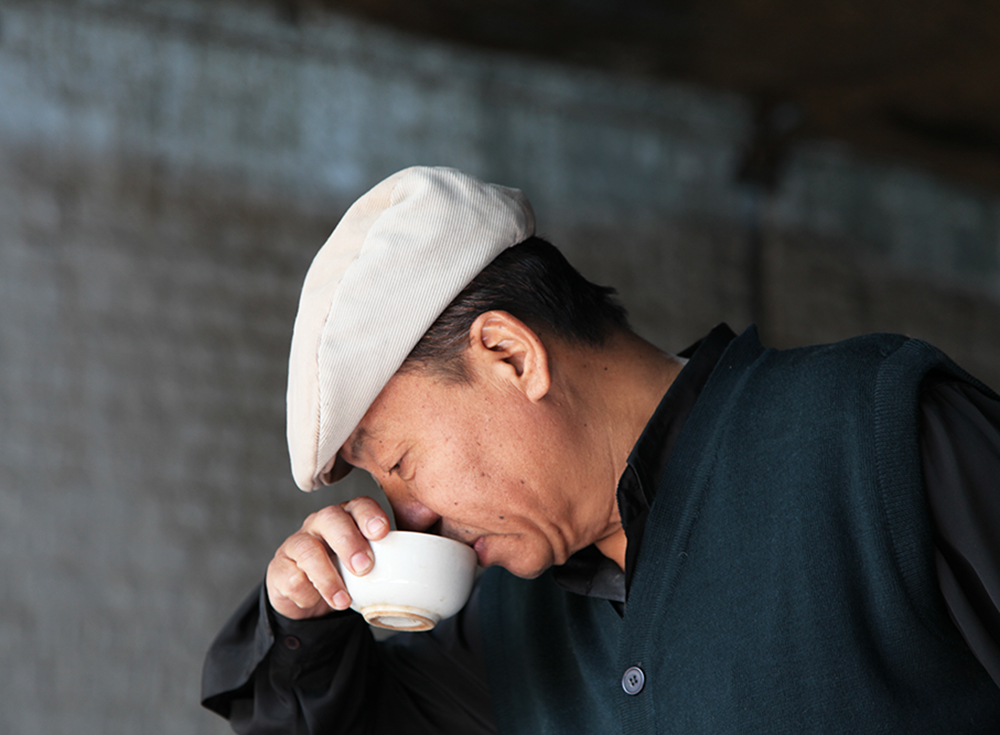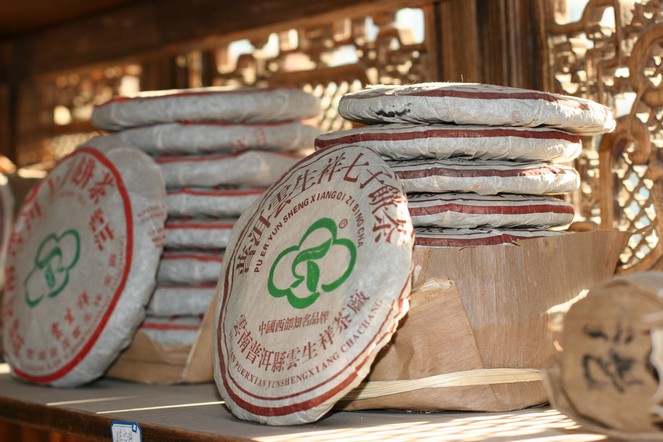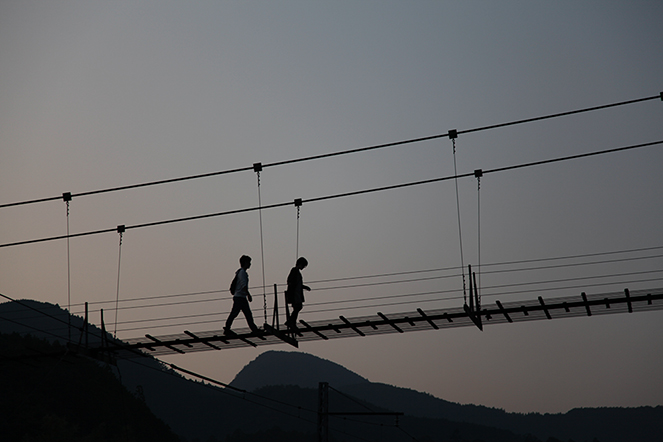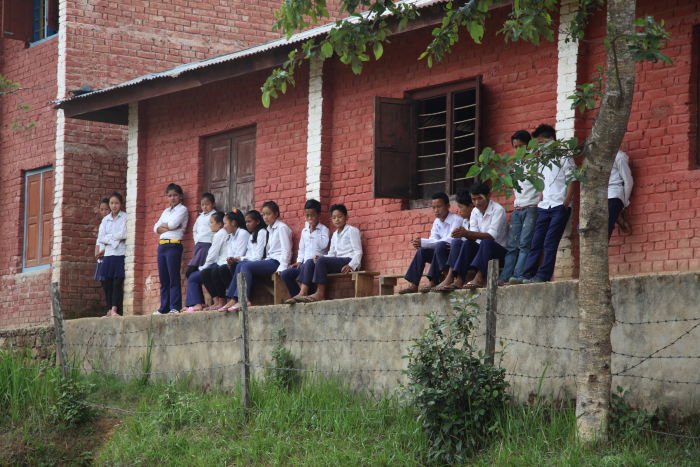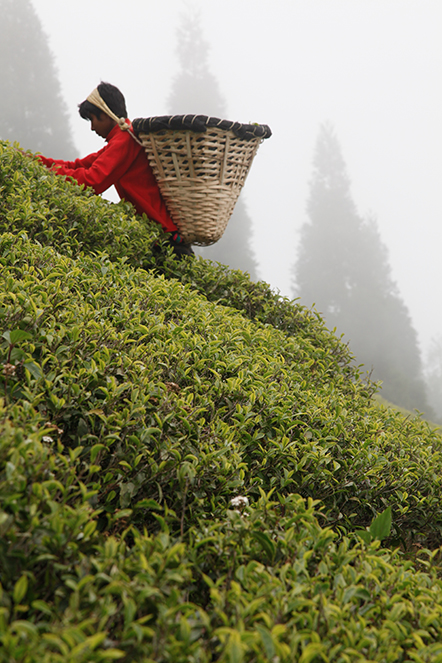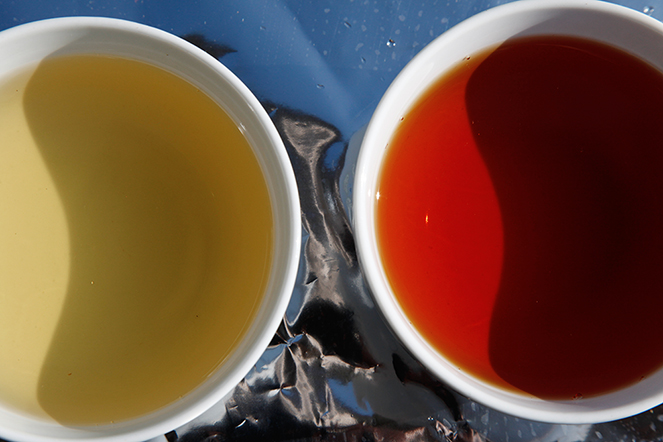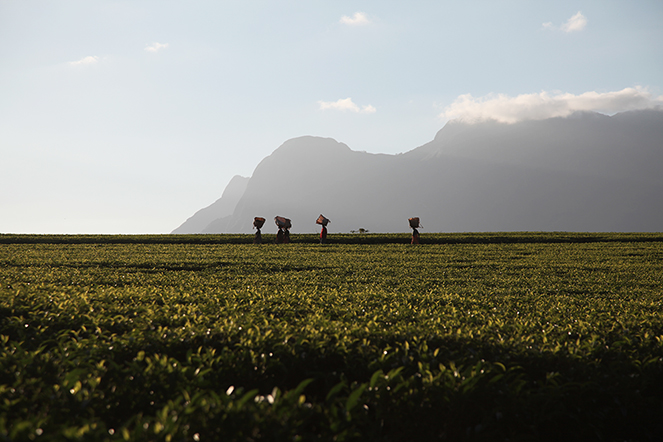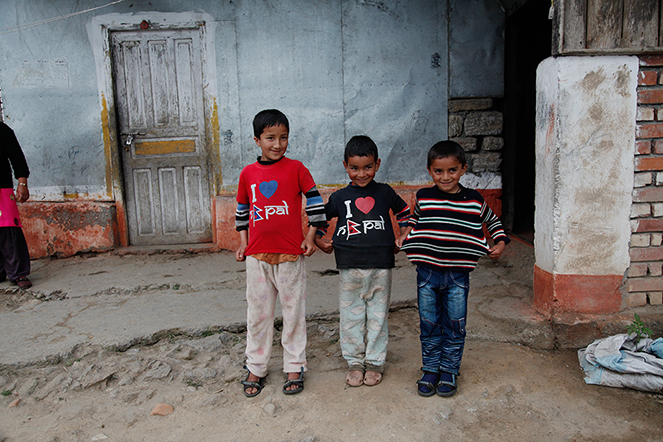When I give a lesson at The Tea School, or when I arrange a tasting for colleagues, one of the first things I do is to ask them a very simple question: once you have put food in your mouth, how many senses are in contact with this food, and which ones? The answers always vary. Now, to taste properly – and this goes for any food – it is essential to understand which senses come into play, and then to build up the appropriate vocabulary.
Pu Erh, a fascinating group of teas
At this time of year, I particularly enjoy drinking Pu Erh after a meal. Firstly, it is said in China that this tea “dissolves fats” and helps prevent cholesterol. Secondly, I like its aroma of wet earth, rotting wood and damp straw; its smell of cowsheds, mushrooms and oak moss; its aroma of cellars, dry wood, liquorice, manes, wax and flint; its vegetal, fruity smell.
From one Pu Erh to another, the variety of olfactory notes is wide, another reason to try this fascinating group of teas, the only ones that undergo real fermentation. It is available loose-leaf or in a “cake”. It can be “raw” or “cooked”, depending on whether fermentation is done in the traditional manner or accelerated. It can also improve with age, like good wines.
A bridge to the New Year
To celebrate the New Year I’ve chosen this photo taken in Japan, in the Shizuoka region. I love rope bridges, those pathways over a void, which are sometimes crossed with a touch of apprehension that quickly disappears. I wish you a happy and peaceful year. I hope your path is joyous. I hope you live in harmony, harmony with yourself, harmony with others. I hope we can live rewarding lives among those who we may have been able to help find fulfilment.
Building a harmonious future
Time for a get-together
The finest teas in the world under the tree
This man dressed in red with a basket on his back, do you recognise him? He is filling his basket with the greatest care, delicately picking the best tea shoots, for you. A few fir trees can be seen through the mist. I hope that, at the bottom of your tree, in a few days’ time, he will place the finest teas in the world.
Tea liquor
Looking at the liquor is one of the first steps in tea tasting. While the temperature of the cup slowly falls, we pay attention to the colour of the liquid. Green tea produces something pale, while black tea gives a more coppery tone. This does not mean darker tea has been infused for longer, or has a more pronounced fragrance than its neighbour. In fact there are green teas that have a remarkably powerful aroma, even after quite a short infusion. So we cannot conclude from this photo that the most aromatic tea will be the more coloured of the two.
It is up to us to protect nature
Most countries of the world have met in Paris to try to find a solution to the ecological catastrophe threatening us. First, we need to remind ourselves that we are responsible for this catastrophe. So it is not the catastrophe itself that threatens us, it is ourselves. Humans have, despite their so-called superiority, managed to become a major danger to all living creatures, all ecosystems, and also to themselves.
It is up to us to change our ways. There is no fate. In fact it is not scientific progress that is leading to global warming, but the behaviour of a tiny minority of the people living on this Earth, who are monopolising most of our resources for their own benefit and to gain maximum profit from them. They consume at a frenzied pace, with complete disregard for our natural surroundings.
We must reconcile ourselves with our environment. We need to understand that we are just a part of it, and that to live in harmony with our environment we must accept that we are simply its inhabitants. We must understand that a river, a mountain, a forest, a swamp, an ocean or a high plateau is an ecosystem in itself and that it too has its own existence. An existence that demands our attention.
We will start to do better, and so will the planet, which gives us its resources and its beauty, when we have understood that Earth is not here to serve us humans. That we do not own it. That we have no rights to it, except to protect it, with all its richness and diversity. And that we have better things to do with our lives than to measure our success through what we consume.
Loving one’s country
At a time when we are seeing our French flag flying everywhere, I have rediscovered this wonderful photo. Last May, when their country had just been hit by a serious earthquake, these children proudly showed off their “I love Nepal” slogans, with big heart-warming smiles on their faces. These children have every reason to love their beautiful country.
Close your eyes and reflect
Last week I talked about how badly people are treating this planet. Instead of admiring it, they want to possess it. They see it as their property. They persecute it until its resources run dry; they pollute and destroy it, with no consideration for future generations. A few hours later, in central Paris, people were massacring their fellow humans.
Now it is my turn to light a candle, close my eyes and reflect on this human disaster. And not just this one. There are other disasters we never talk about. They affect us less because they are far away. Yet they affect as many people: our brothers and sisters, ourselves.
When someone asked him about the attacks in Paris and the prayforparis hashtag, the Dalai Lama said he did not understand how we can ask the divine to solve problems we have brought upon ourselves. It is not logical, he said. It is up to humans to solve problems caused by humans.
So when will we start showing some humanity? Some kindness? A desire for harmony?

